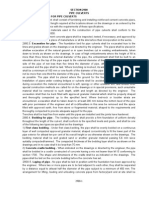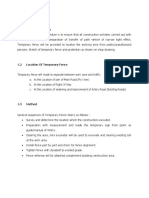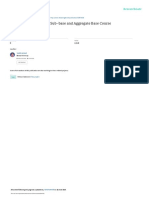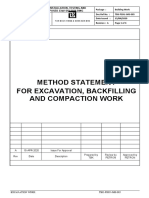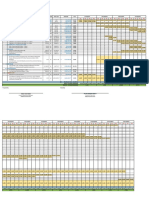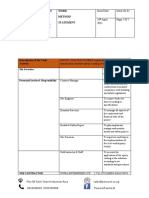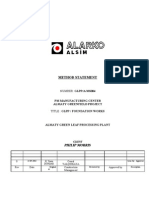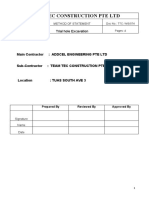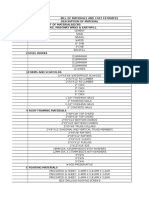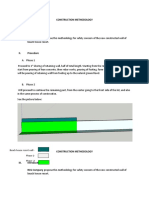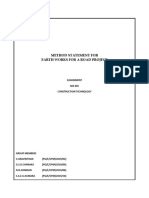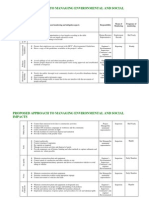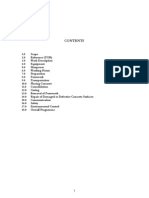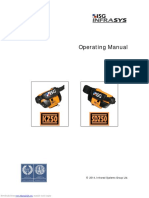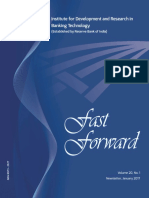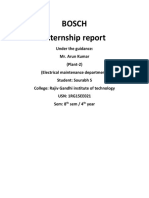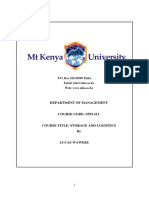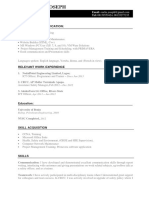1.
Introduction:
This Method Statement describes the works operation to under take the spreading of Cement and stabilization of sub base, specifically for Section A of the project. It covers all the works in connection with the exploitation, hauling, dumping and processing of natural gravel material for cement stabilization. The entire process shall be done in adherence to the contract requirements. In particular the requirements of the specifications and road design manual part III will be observed.
2. Methodology and Procedure:
A trial section, approximately 100m will be done following the procedure below to establish the vital parameters to be adopted for the actual operations thereafter. Actual stabilization will be undertaken in sections of 150m length. It is estimated that such lengths will be processed within 2-4hrs. This time estimate is taken from the moment the cement bags are opened to the completion of compaction. Once the formation layer is placed and approved, material for sub-base will be dumped immediately thereafter to protect the formation from damage. All necessary reference pegs for levels and offsets shall already be in place. The approved material will be dumped at intervals to achieve the required final thickness and spread. In the case of material from borrow pits with large chunks of boulders, preprocessing by adequate passes of the sheep foot roller and grader will be made to breakdown the material into workable form. The final surface will be compacted lightly. The day before the actual stabilization, pre-leveling and pre-watering will be done. The actual activity of stabilization will commence with dumping of cement bags at spacing determined to achieve required percent of cement stabilization based on laboratory tests. The bags will then be broken. Cement will be spread using the grader blade and hand brooming. The gravel material will then be scarified by grader. Hand brooms will be used in areas where mechanical operation is difficult. Dry mixing will be done by one pass of the pulvimixer. Water will then be applied from water bowsers. The second and possibly third pass of the pulvimixer will then follow. The quantity of water required shall be guided by the properties of the material as obtained from laboratory test, accordingly calculated to suit the section length, width & thickness and material density. The experience of the personnel executing the works will be of great value in this operation. It is estimated that 60% of the total water for this operation will be applied at the pre-watering stage on the day before stabilization. This will reduce the likelihood of cement being washed due to excessive application of water. Immediately after the second or third pass of the pulvimixer, 2No. passes of the sheep foot roller will be used for primary bottom compaction. 3 passes of the smooth steel roller for top compaction will then follow according to the results of the trial section. The grader shall cut the final level and the pneumatic tyred roller shall continue to roll till mechanically stable crack free surface is obtained. Final levels shall then be checked and the layer is finally tested to determine its acceptance as per section 2 of general specifications. Curing shall then follow as per specified or as will otherwise be directed by the Resident Engineer.
�3. Resources for Execution:
a) Materials Natural material from borrow pit complying with Clause 1203 (c) of the General Specification and approved by the Engineer for Sub base. Cement will be Nguvu (Pozolana Portland Cement,32.5) complying with the requirements of Section 2 of the Standard specification. Curing material will be one of the options as in Clause 1409 of the General Specification and 1409 of the Special Specification, as will be agreed with the Resident Engineer. b) Plant Bulldozer - 1 No This machine will be used for stockpiling material at the borrow pits Tippers - 5 No Tippers will be used to haul material from borrow pits to designated sections ready to receive sub base material. Wheel Loader - 1No Will be used for loading sub base material at the borrow pit Motor Grader - 2No Water Tanker 18,000 litres - 2No Bomag 213 Steel Roller (13 ton) - 1No Pneumatic Roller (16 ton) - 1No Sheep Foot Roller 219 (19 ton) - 1No Bomag MPH 122 Reclaimer - 1No The above machines will be used for processing and compaction of the sub base. The other machines will be as follows Prime Mover + Trailer-1No (For Cement) Water Pump 4-1No Name
c) Senior Supervision personnel Projects Manager Projects Engineer Consultant Materials Engineer Superintendent of Site Quality Control Materials Engineer Foremen Operators Drivers Head men Un skilled Labors Watchmen - 2 No - 8 No - 8 No - 2 No - 15 No - 3 No
d) Labor
4. Quantities, Time Schedule and Production
The overall time schedule for provision, laying, compacting sub base material and stabilizing the sub base is 140 days. The following table represents the quantities, time schedule and expected production rate for the activities involved in sub base preparation. Description Provide , lay and compact stabilized sub base material Unit m3 Quantity 118745 Duration 140 Production Rate 280 Lm/day








